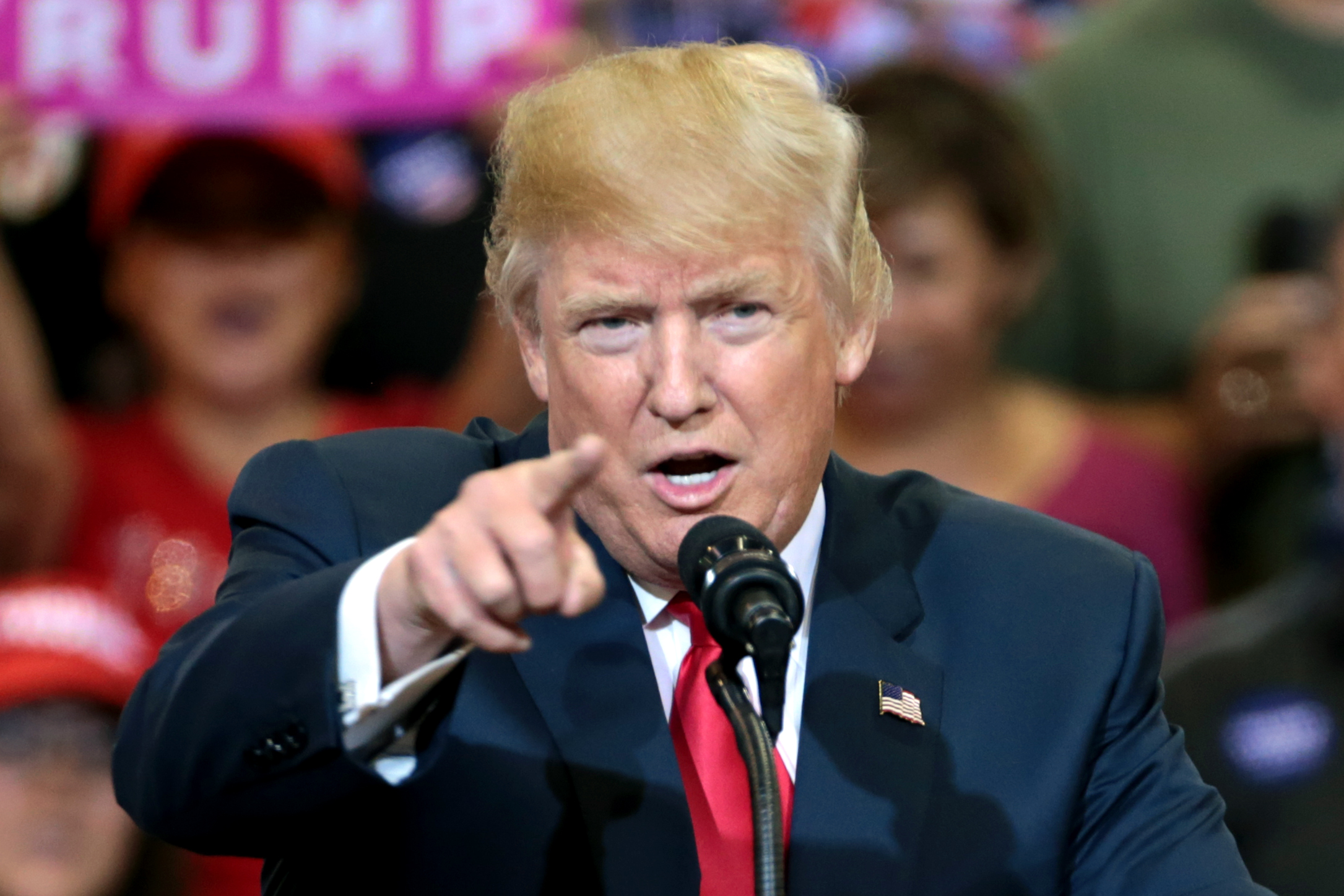
Darcie Draudt, non-resident James A. Kelly Korean Studies fellow, Pacific Forum CSIS
Mar 06, 2018
After years of difficult negotiations, KORUS went into effect in March 2012. During the Obama years, the trade deal was labeled the “gold standard” in FTAs. Since then, President Trump has threatened to withdraw the United States from it, and now wants to renegotiate it. Darcie Draudt analyzes the effect this has had on U.S.-South Korean relations.
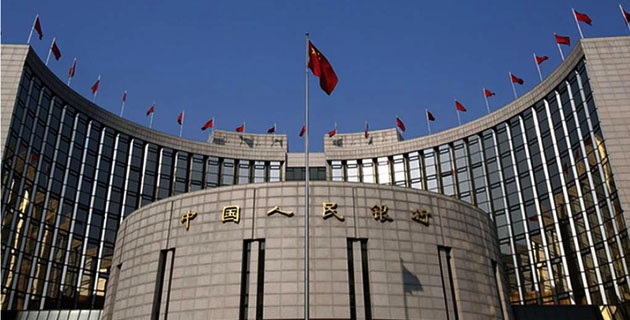
Yu Yongding, Former President, China Society of World Economics
Mar 05, 2018
Whatever challenges China faces, the PBOC must not lose its nerve. For the sake of China’s continued economic stability and progress, it needs to convince markets that it is committed to a floating exchange-rate regime.

Tom Watkins, President and CEO of the Economic Council of Palm Beach County, FL
Mar 05, 2018
2018 marks the 40th anniversary of China's reform. Its opening up to the world created an economic miracle for this giant country and its people. This miracle has benefited Michigan through economic and cultural ties.
Andrew Sheng, Distinguished Fellow at the Asia Global Institute at the University of Hong Kong
Xiao Geng, Director of Institute of Policy and Practice at Shenzhen Finance Institute, Chinese University of Hong Kong
Mar 02, 2018
40 years after Deng Xiaoping initiated the country’s “reform and opening up,” a “Beijing Consensus” has yet to be articulated.
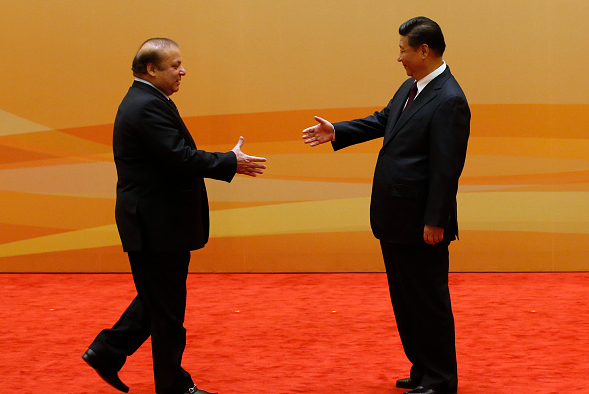
Sajjad Ashraf, Former Adjunct Professor, National University of Singapore
Mar 02, 2018
The China-Pakistan Economic Corridor (CPEC), a $62 billion China-funded ‘flagship project’ within China’s Belt and Road Initiative (BRI), is fast heading towards the closure of deals on ‘early harvest’ projects. With five energy projects commissioned and several more on course, these should help lift Pakistan’s economic output.
Stephen Roach, Senior Fellow, Yale University
Mar 02, 2018
Are the US economy's fundamentals really that strong?

Daniel Ikenson, Director, Cato Institute’s Herbert A. Stiefel Center for Trade Policy Studies
Mar 02, 2018
Any U.S. decision to restrict imports based on the argument that an abundance of low-priced raw materials from a diversity of sources somehow threatens national security would lower the bar so significantly as to invite every other member of the World Trade Organization to invoke national security to protect favored industries.
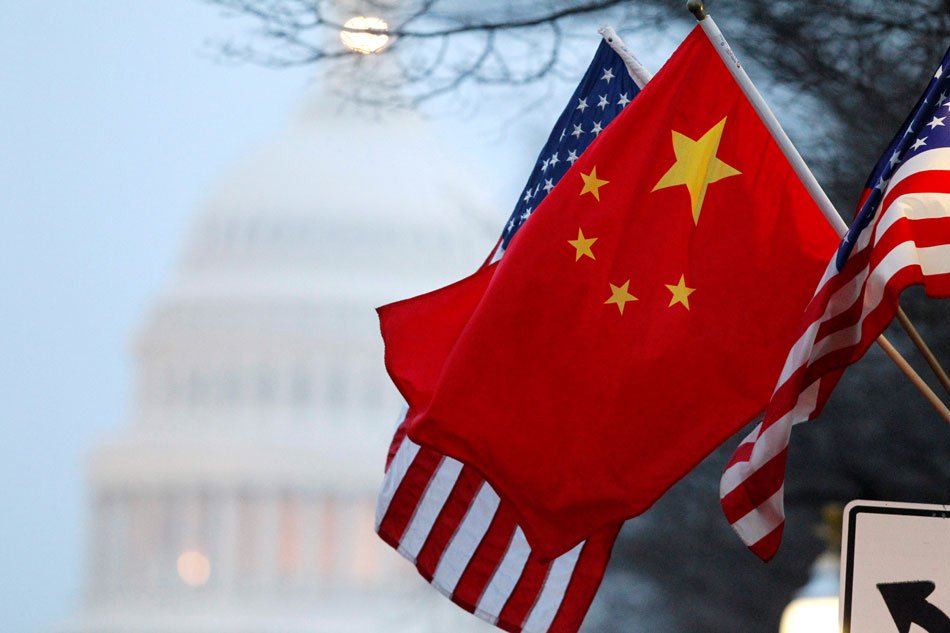
Zhou Shijian, Senior Fellow, Tsinghua Center for US-China Relations
Mar 01, 2018
Both sides benefit from economic exchanges.
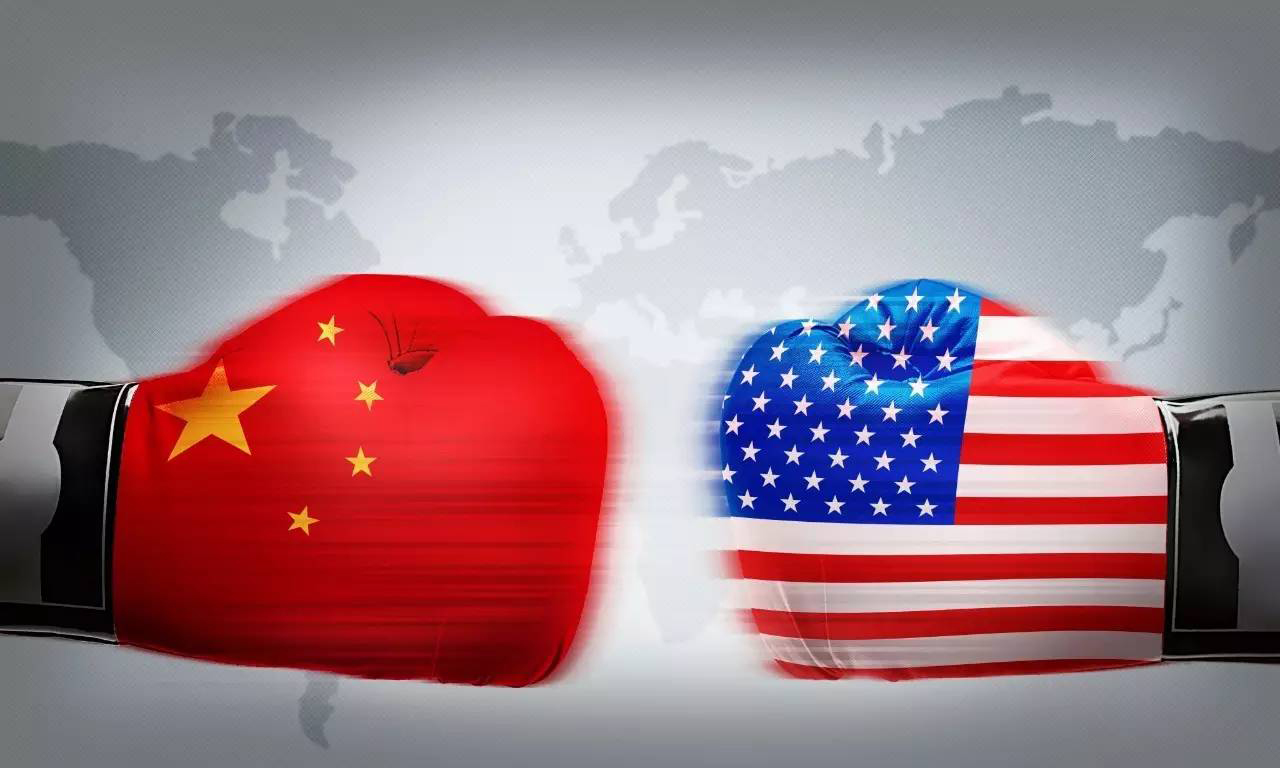
Patrick Mendis, Visiting Professor of Global Affairs, National Chengchi University
Joey Wang, Defense Analyst
Feb 28, 2018
Despite the tensions between the two nations in both economic and geopolitical arenas, Washington and Beijing have generally recognized the mutual benefits of trade. This form of “controlled tension” has in the past been able to navigate the contours of various trade disputes. All that changed in 2016.
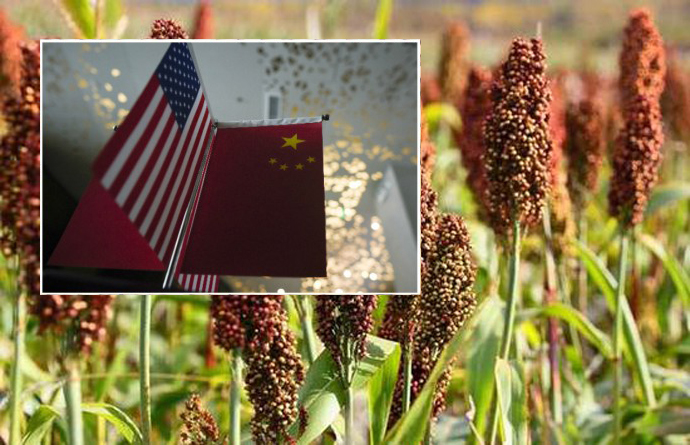
Sara Hsu, Visiting Scholar at Fudan University
Feb 28, 2018
China’s Commerce Ministry has launched an anti-dumping and anti-subsidy investigation into American exports of sorghum, which is believed to be underpriced and damaging to Chinese farmers. This may result in the imposition of tariffs on sorghum imports from the U.S. The action appears to be retaliation against tariffs imposed by the U.S., and may result in a larger trade war.
Back to Top

- China-US Focus builds trust and understanding between the U.S. and China through open dialogue among thought leaders.
- Our Offerings
- Topics
- Videos
- Podcasts
- Columnists
- Research Reports
- Focus Digest
- Stay Connected
-
Thanks for signing up!
- Get the latest stories from China-US Focus weekly.